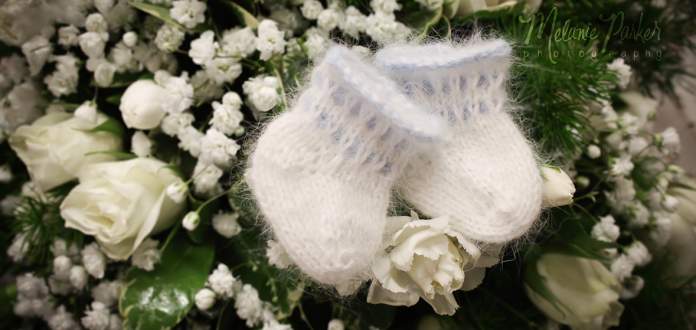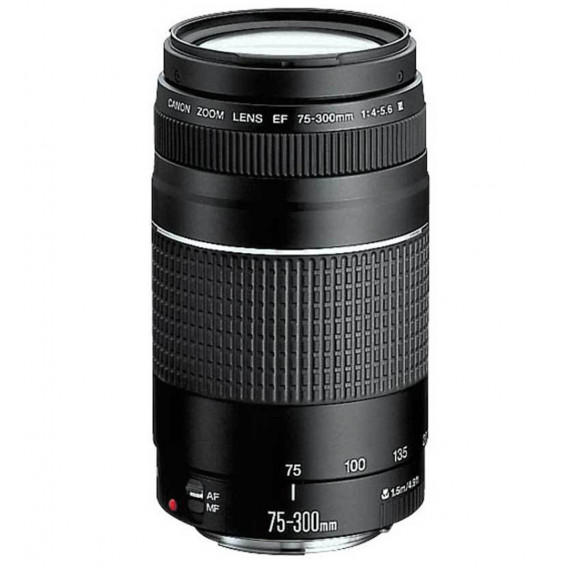Post-mortem photography makes people very uncomfortable. I learned this the hard way when I started researching this piece and brought the concept up to my friends. They were (let’s say) less than receptive to the idea of a professional funeral photographer. In fact, the thought of this specialty elicited a wide range of reactions from horror and disgust to fear.
Their aversion makes sense to me… to a point.
Much of the world is (rightfully) taught to respect the dead and treat funerals and burials with the quiet reverie often reserved for places of worship. Coming into that space with a noisy camera to capture emotional mourners, funeral proceedings, and posthumous portraits is in sharp contrast with our societal muscle memory.
An off-put friend of mine summed up the sentiment best: it’s a funeral, not prom. Who is doing this kind of photography? Why are they doing it? To get answers we reached to photographer Melanie Parker who is making a name for herself shooting post-mortem photography.
The First Funeral
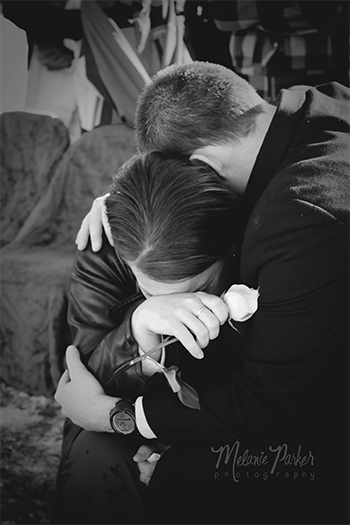 Before we got on the phone I had some very specific assumptions about what a funeral photographer would be like. I imagined a Utah-based second cousin of Wednesday Addams who also owns an apothecary on the side. Perhaps hellhounds howling in the background of the call, their unearthly yowls echoing through an in-home dungeon. You know—totally normal, rational assumptions.
Before we got on the phone I had some very specific assumptions about what a funeral photographer would be like. I imagined a Utah-based second cousin of Wednesday Addams who also owns an apothecary on the side. Perhaps hellhounds howling in the background of the call, their unearthly yowls echoing through an in-home dungeon. You know—totally normal, rational assumptions.
Spoiler alert: Melanie is in no way a morbid person. If anything, she’s a kind, well-meaning pragmatist. She began her career as a funeral photographer under incredibly unfortunate circumstances when her 19-month-old nephew passed away.
“[His] was the first funeral I did,” Melanie explained. “I had the idea, and then my sister ended up asking me if I would do it as well. We both had this mutual want to take pictures for her, just because [the death] was very unexpected. We saw it as our last goodbye.”
This wasn’t only the first funeral that Melanie shot, but also her family’s first encounter with post-mortem photography. For all of the social reasons mentioned above, her presence that day was initially received with hostility.
“The family was really upset with me as I’m taking pictures of these personal moments. I could feel the hatred, that I was somehow imposing on their special, heartbreaking moment. Because you hear the camera clicking, and I’m taking pictures of people crying. It was almost like I was some annoying paparazzi or something. I could tell that they were really upset with me, but I just did it.”
A Brief History of Post-Mortem Photography
I’d be more inclined to agree with post-mortem photography naysayers if it wasn’t for the artform’s incredible amount of historical precedent.
This practice was one of the most common uses for photography from the mid-19th through the early-20th centuries. In fact, there was a point where post-mortem photography outpaced wedding photography at a rate of 3:1. That’s right—for every one picture of two terrified newlyweds looking into a camera, there were three photos taken of a dead person.
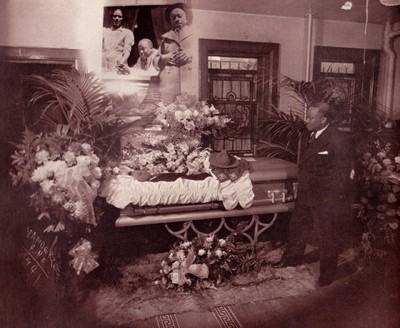
These photographs were a less expensive alternative to deathbed and mourning portraits which became popular after the Protestant Reformation. Back then they were also, for lack of a better word… creepier. People were arranged, doll-like, in real-life situations, portraying them as they were in life. In many cases, family portraits were taken to include a deceased child or parent to capture the family together before the body was interred.
This was not a private, shameful practice. Instead, these images were displayed proudly on mantles and in other prominent places in the home; they were a family heirloom like any other.
Post-mortem photography was popular in the United States and parts of Europe until around the 1930s when people began traveling to hospitals to die rather than remaining in their homes. At that time, even the most celebrated artists—including one of New York City’s most lauded photographers, James Van Der Zee—bolstered their names with this kind of photography. So much so, in fact, that James later published a book called The Harlem Book of The Dead that highlights his work from that period.
All of this is to say Melanie is in good company.
Navigating A Taboo
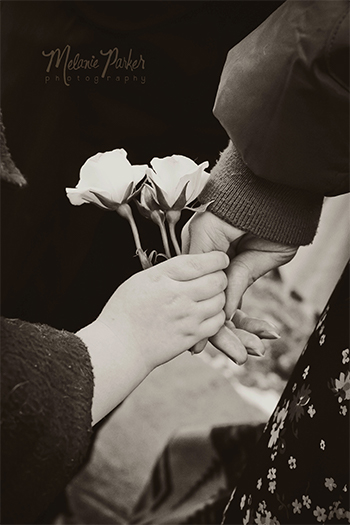 Everyone mourns differently. So, wouldn’t it make sense that some of us require a visual crutch to help us process a loss? Something to physically hold onto when the person we love is truly gone. What of parents, like Melanie’s sister, who lose children so young they don’t have many visual representations of their short life together? It’s a brutal reality, but a reality nonetheless.
Everyone mourns differently. So, wouldn’t it make sense that some of us require a visual crutch to help us process a loss? Something to physically hold onto when the person we love is truly gone. What of parents, like Melanie’s sister, who lose children so young they don’t have many visual representations of their short life together? It’s a brutal reality, but a reality nonetheless.
“I remember my sister contacting me months later. She told me that she went back to look at the pictures multiple times just to remind herself that it was real, that it happened.” Similarly, the family members who were incensed about Melanie’s role at the funeral reached back out with a very different message when they finally saw the photos.
“I’ve had people tell me that the pictures have been helpful to be able to look back and see that other people were suffering with them—they weren’t by themselves in their pain and their grief. They could see in these pictures that multiple people were heartbroken, and it wasn’t just them going through this.”
After witnessing the positive, cathartic effects of her work, Melanie contacted the four funeral homes around her neighborhood in Pleasant View, Utah to see if they’d be interested in giving her name to prospective clients.
Only one said yes to her offer even after she specified that her funeral photography services are free (she makes a living charging for weddings, portraits, and other mainstream services). The other three refused to discuss the idea with her because they thought she was being insensitive; in her words, they were appalled and upset at the idea.
“It’s a very challenging market, not to make money, but to convince people to go for it, to ask for [this service]. It’s been a process.”
The Future of Post-Mortem Photography
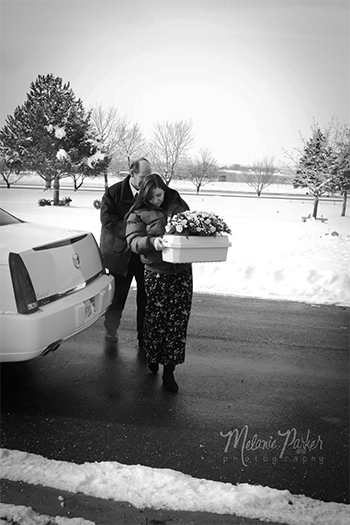 This is not to say that Melanie hasn’t seen any interest. In fact, quite a few people across the United States have asked her to cross the country and do a shoot for their deceased loved one. Unfortunately, she can only shoot funerals locally because she doesn’t charge for this specific service—the result would be a 100% financial loss on her part.
This is not to say that Melanie hasn’t seen any interest. In fact, quite a few people across the United States have asked her to cross the country and do a shoot for their deceased loved one. Unfortunately, she can only shoot funerals locally because she doesn’t charge for this specific service—the result would be a 100% financial loss on her part.
However, those accepting, open-minded people scattered across the nation give her (and me for that matter) hope that this taboo will grow again into something that helps people cope with loss.
“If you think of a wedding,” Melanie explained, “you make it a point to show all the joy and the happiness. But when I do a funeral, I really strive to show all the pain, just because you have to feel it to move on, to heal…It’s like if you have a cut you put Neosporin on it, and it hurts, and you have to clean it to really make it heal. That’s kind of how I see it.”
